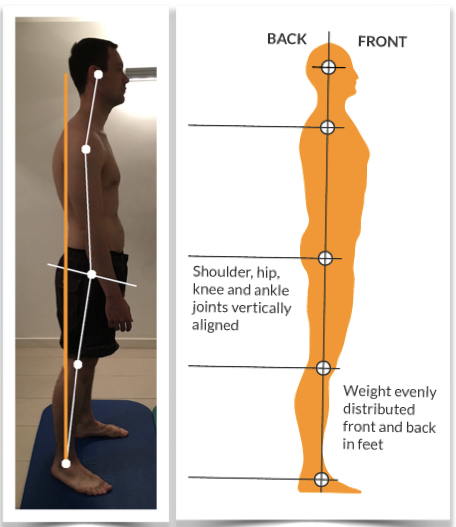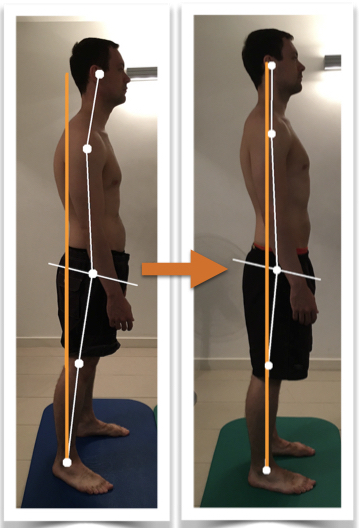Hip Pain That Won’t Go Away? It Could Be a Posture Problem
When someone comes to see me with hip pain, they’ve usually tried a lot already – massage, injections, strengthening, stretching, and even surgery.
But despite all that, the pain’s still there — and often getting worse.
That’s because most approaches focus only on the hip itself, and in many cases, that’s not the real problem.
The Hip Might Hurt — But That’s Not Always Where the Problem Started
Here’s what I often see:
The client has one painful hip, but no recent injury. Their scans might show mild arthritis, a touch of bursitis, or maybe nothing at all. They’re told it’s “wear and tear,” “just your age,” or “overuse.”
But here’s the thing:
-
If it’s due to age, why is only one hip hurting?
-
If it’s overuse, why don’t marathon runners have it in both?
-
If it’s arthritis, why do some 75-year-olds have none — while some 40-year-olds are in agony?
It doesn’t quite add up.
What I see in clinic is that the problem usually lies with the way the whole body is aligned and moving — not just the hip joint itself.
Real Story: One Hip in Agony, But the Real Fix Was Up Top
A man came into the clinic with intense hip pain. He was limping, couldn’t run or even walk sometimes, and said: “I’ve tried everything.”
I didn’t just look at his hip. I looked at his shoulders, his pelvis, his feet, his whole posture.
What stood out? His upper back, shoulders and head were hunched. His pelvis was tilted and leaning forward.
His hip was paying the price.
We focused on rebalancing his full body, especially improving the position of his upper back and pelvis — and within weeks, the pain began to ease, and he soon became pain-free and back to running.
Most Therapies Only Look at the Hip. I Look at the Whole Chain.
Here’s what gets missed:
The way your hip moves depends on everything above and below it.
If your upper back and shoulders are rounded, then that changes how your pelvis sits and moves. If one side of your pelvis is off, your hips can’t move evenly — and one starts doing extra work.
Over time, that creates strain, grinding, inflammation, and pain.
It’s like driving with misaligned wheels. You can change the tyre all you want — but the problem will come back unless you fix the alignment.
So What’s the Fix?
I don’t just give you hip stretches or glute strengthening (though those have their place).
Instead, I help you restore your body’s natural alignment using simple, effective posture correction exercises. We work on the whole system — not just the sore part.
This approach helps reduce the mechanical stress that’s been building up — so your body can heal properly, move more freely, and feel stronger over time.
The Conditions I See Most with Hip Pain
Some of the common labels people come in with include:
-
Hip osteoarthritis
-
Bursitis
-
Labral tears
-
Muscle strains
-
SI joint dysfunction
-
Impingement
-
“Wear and tear”
These labels can be useful — but they don’t tell you why the issue started in the first place.
That’s what I help you figure out.
If You’re Struggling with Hip Pain Right Now…
You’re not broken — and it’s probably not just “your age.”
In many cases, your body has simply gone out of alignment, and your hip is taking the hit.
Once we get the body working as a unit again, most people feel real, lasting change — even if they’ve had pain for years.
Want to experience one of the posture resets I use with clients?
Written by Ameet Bhakta
Posture Specialist | Health Through Posture
Clinics in London, Tunbridge Wells & Online
Trusted by GPs, consultants, athletes & busy professionals





